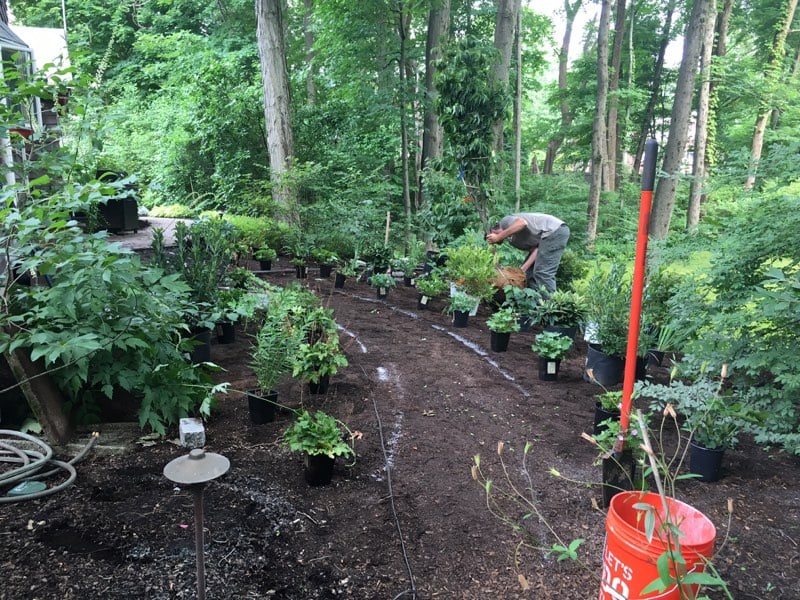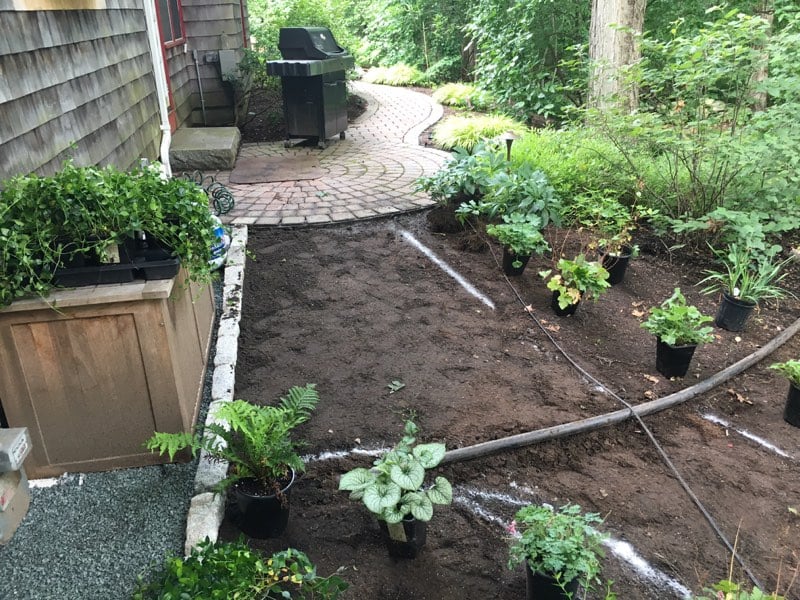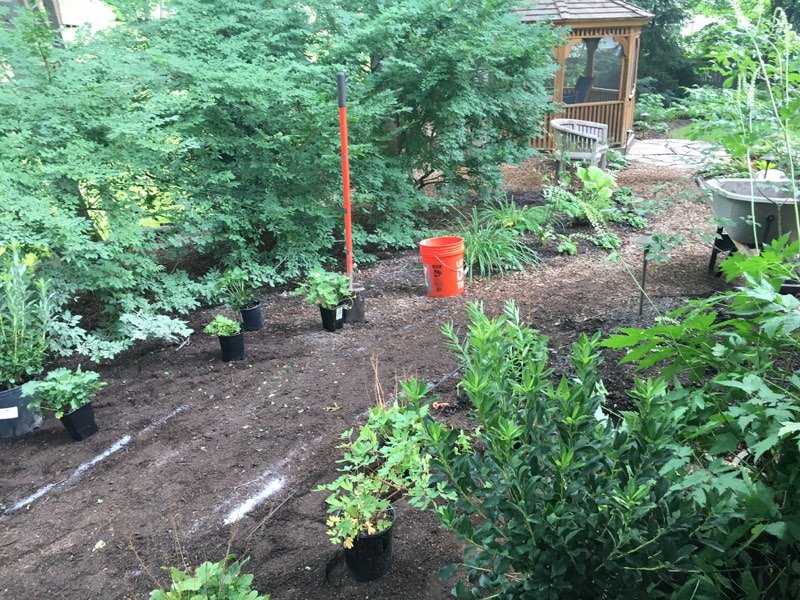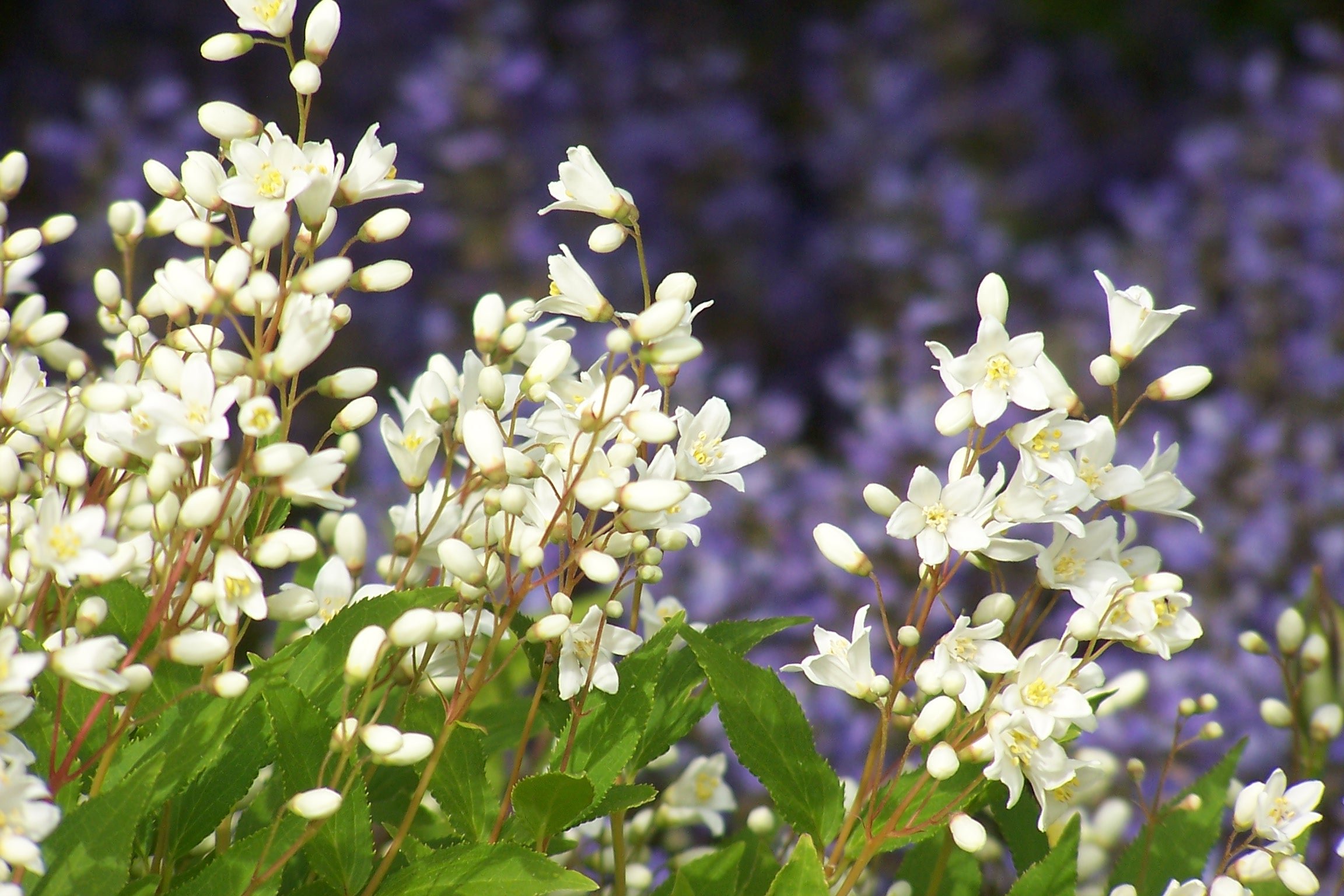Here in New England, the growing season is in full swing after a cool, wet spring. For gardeners, the challenge has always been when to truly dive into active garden editing. In other words - when can we start tweaking in the form of digging, dividing, moving, adding and even chucking plants? Once the hint of warm weather arrives, many gardeners succumb to the urge to do everything at once and end up making rushed and often bad decisions…including buying plants with no plan of where they’ll be planted.
Here’s One Golden Rule of Gardening: Spring garden assessments should happen in the latter half of the season. In New England, that means after Memorial Day. Period. This timing gives your garden a chance to rebound from winter so you can see both the plants and the full composition of your garden. Trying to assess in March, April, or even May can lead to bad decisions.
Now, I’m not saying spring isn’t a good time to be tweaking – early spring is great for dividing, moving, and adding plants. What I am suggesting is that it isn’t a good time to fully assess what’s needed. Better, would be to assess when the garden is in full swing, make your list of actions, and then tackle those actions in the early fall season. Ideally, you’ll be assessing again in the fall and planning your list of actions for the following spring.

This shade garden extension with path and utility edge was designed last fall, contracted in springtime, and installed in just three days!
So, now that we’re enjoying the fullness of the summer garden - spring cleanups, fertilizing, mulching all behind you - it’s the perfect time to assess your landscape to determine which areas are functional or dysfunctional. Remember, after a few weeks of warm weather and rainfall, it becomes easier to see which plants are thriving or struggling and formulate your course of action for correcting the things that need to be fixed to get your garden performing at its peak.
Here are 3 valuable tips for transforming your garden this summer:
1. Planning is not static
Remember that proper garden planning does not happen in a finite moment in time. It happens over the duration of the growing season as your garden awakens after winter, comes to life during the spring, and (hopefully) thrives during the summer. When planning follows the life cycle of your garden, you can find solutions that can be scheduled for the most appropriate calendar time for each particular task. This approach will keep your garden vibrant in all seasons while increasing your odds for a successful project. Bottom line, while enjoying your garden, you are simultaneously critiquing gently so that ideas evolve with your landscape.
2. Your landscape is always in transition
Your landscape, like the Earth in general, is always in a constant state of flux and transition. The soil and the plants that grow in it are not frozen in time. Go outside today and look – really look – at your landscape and see the current beauty of it. Take a picture, because it will never look exactly the same again. That’s the nature of nature! If you’re underwhelmed by what you see, what would you change? What’s missing? What’s struggling? How and when will you make that change?

Adding a stone utility edge along the house solved a problem with messy storage and dried up the base of the house.
Once you truly understand the specifics of what you don’t like, you will become more able to decide a course of action to fix it and plan that fix for the perfect time. Just remember – landscapes are never truly finished. They are always a work in progress. Some years are more active than others. For example, drought may cause unexpected failures that don’t show up for a year. Another example, a plant you thought was giving up, enjoys an amazing rebound because of a rainy spring.
People can get attached to what they consider "a final garden design, " and that's a recipe for flushing away money trying to freeze something that’s transitional. Accept the changes that will be inevitable and work the design in ways that allow you to guide and manage performance in line with nature’s design.
3. Stop tweaking the ideas and just do the work.
One thing I see over and over is a desire to get the design "right" before doing anything. Now I'm all about the design, the plan, and the goals, but at some point, when the concept is clear, and the planning is done…you've got to jump in. The other option is perfection paralysis! You could go on designing forever!
Once you’ve invested the time to come up with a good plan to edit your garden, just do it. Pick a time to stop fussing with the ideas and go ahead and execute it – big or small, just do it. There is no such thing as perfection – in the garden or in life!
A tip to help you succeed – once you’ve installed it (your single plant or big project) give it time to grow and evolve. Be patient and let it settle in. Give the plants time to recover from the installation period. Our industry has become so product-focused and commoditized that when homeowners plant two hollies on each side of the foundation, they expect both plants, as "products," to act exactly the same, forgetting they're each living, growing individuals and may respond differently. This is also a disaster recipe.
Patience and care are critical if you are going to have a beautiful landscape, which happens in connection with time as much as with your design and follow-up care. If your new plant is struggling, love it a little. Give it time and your attention; chances are it will surprise you with its drive to thrive.

This new path linked two separate garden spaces in the landscape to complete a long term vision.
Patience will pay you back.
We invest time, money, hopes and dreams in our landscapes and often have unreasonable expectations about how quickly they’ll provide a return on that investment. It’s similar to saying, “I want to invest in the stock market and I demand an immediate payback.” Just as you need to let your stocks grow in value over time, you need time and patience to let your landscape and garden investment grow.
I’ve been living at my house for just over 20 years now. I started gardening on my land on day one. I’m still gardening, still editing, still responding to what nature surprises me with – bugs, drought, lighting, wind. And, the longer I live there, the more my own personal ideas evolve and my needs transition – kids come – they grow – they go…
Allow your landscape to be a functional part of your evolving life experience, and whether you are doing the work yourself or partnering with a landscape professional, the task will feel less like a burden and more like a gift of creations and surprises.
Tweetable Tip: Once you’ve invested the time to come up with a good plan to do, edit the garden, just do it. https://ctt.ec/xNzac+








Leave a comment